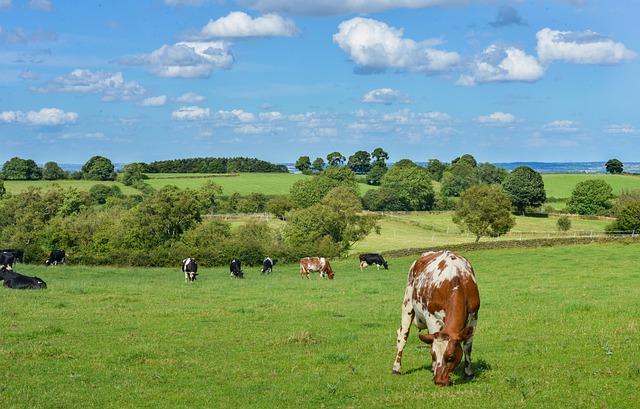
What is Renewable LNG (RLNG)
Renewable LNG or also called Bio-LNG is a renewable fuel produced from organic waste, such as agricultural residues, food waste, and sewage sludge. It is created through a process known as anaerobic digestion, which involves breaking down organic matter in the absence of oxygen to produce biogas, a mixture of methane and carbon dioxide.
The biogas is then purified to remove impurities and compressed to increase its energy density. The purified and compressed biogas is then liquefied to produce bio-LNG, which can be used as a low-carbon fuel in transportation, heating, and power generation.
Bio-LNG is considered a sustainable alternative to fossil fuels because it reduces greenhouse gas emissions by up to 90% compared to traditional fossil fuels. It also helps to reduce waste and promote the circular economy by repurposing organic waste that would otherwise end up in landfills.
What is Renewable Natural Gas
Bio-LNG is renewable natural gas that has been reduced to a liquid state, through a process of cooling.
How Bio-LNG can be transported to international markets using ISO Containers
Bio LNG can be transported internationally using ISO tank containers, which are standardized containers that are designed to carry various liquids, gases, and solids.
Here are the general steps involved in transporting bio-LNG using ISO tank containers:
1. Production: Bio-LNG is produced by refining biogas, which is generated from the decomposition of organic matter in landfills, waste treatment plants, and agricultural waste.
2. Liquefaction: The produced biogas undergoes a purification process to remove impurities and then is cooled to -162°C (the boiling point of LNG) to liquefy it.
3. Transportation: The bio-LNG is loaded into ISO tank containers, which are specifically designed to transport cryogenic liquids. ISO tank containers are equipped with vacuum-insulated tanks, which keep the temperature inside the container constant and prevent the LNG from evaporating during transport.
4. Loading and unloading: Bio-LNG is loaded into the ISO tank container at the liquefaction facility and is transported to the international markets via trucks, ships, or trains. At the destination, the ISO tank container is unloaded, and the fuel is transported to storage tanks or directly to on-site natural gas pipelines.
5. Discharge: The bio-LNG is discharged from the ISO tank container and goes through a process to turn it back into gas and be used as fuel.
Overall, the use of ISO tank containers ensures the safe and efficient transportation of bio-LNG to international markets, customers and end users.
The transportation of RLNG provides an environmentally friendly and renewable energy source for meeting the demand for clean natural gas.
How can Renewable Liquefied Natural Gas can Reduce Emissions
Renewable liquefied natural gas (RLNG) is a low-carbon, renewable alternative to conventional liquefied natural gas (LNG) that can help reduce greenhouse gas emissions.
RLNG is produced from biogas generated from organic waste materials, such as agricultural residue, municipal solid waste, and wastewater sludge. Here are several ways to reduce emissions with RLNG:
1. Transportation: RLNG can be used as a fuel for heavy-duty vehicles such as trucks and buses, reducing emissions of greenhouse gases, particulate matter, and other pollutants that contribute to climate change and air pollution.
2. Energy Generation: RLNG can be used to generate electricity, reducing the use of fossil fuels for electricity production and therefore reducing GHG emissions.
3. Industrial Applications: RLNG can be used in industrial processes that require heat, such as in paper mills, cement factories, and other manufacturing facilities, replacing natural gas and reducing GHG emissions.
4. Marine and Aviation Applications: RLNG can be used as a fuel for marine vessels and aircraft, reducing the carbon footprint of these transport modes.
To further reduce emissions with RLNG, it’s essential to prioritize waste reduction and sustainable production methods. When using organic waste materials to generate biogas, it’s crucial to ensure that the waste materials are collected sustainably, and the manufacturing process should be optimized to reduce energy consumption and emissions.
Additionally, using RLNG should be coupled with other measures to reduce emissions, such as energy conservation and efficiency measures, vehicle electrification, and transition to renewable energy sources like wind and solar power.
Development of interconnected biogas and RLNG international distribution systems will be required to support broader uptake of this clean fuel.
In summary, RLNG offers great opportunities for greenhouse gas emissions reduction alongside other renewable energy options, waste reduction and sustainable management practices.
